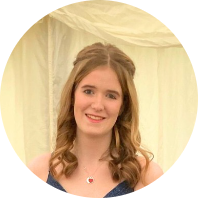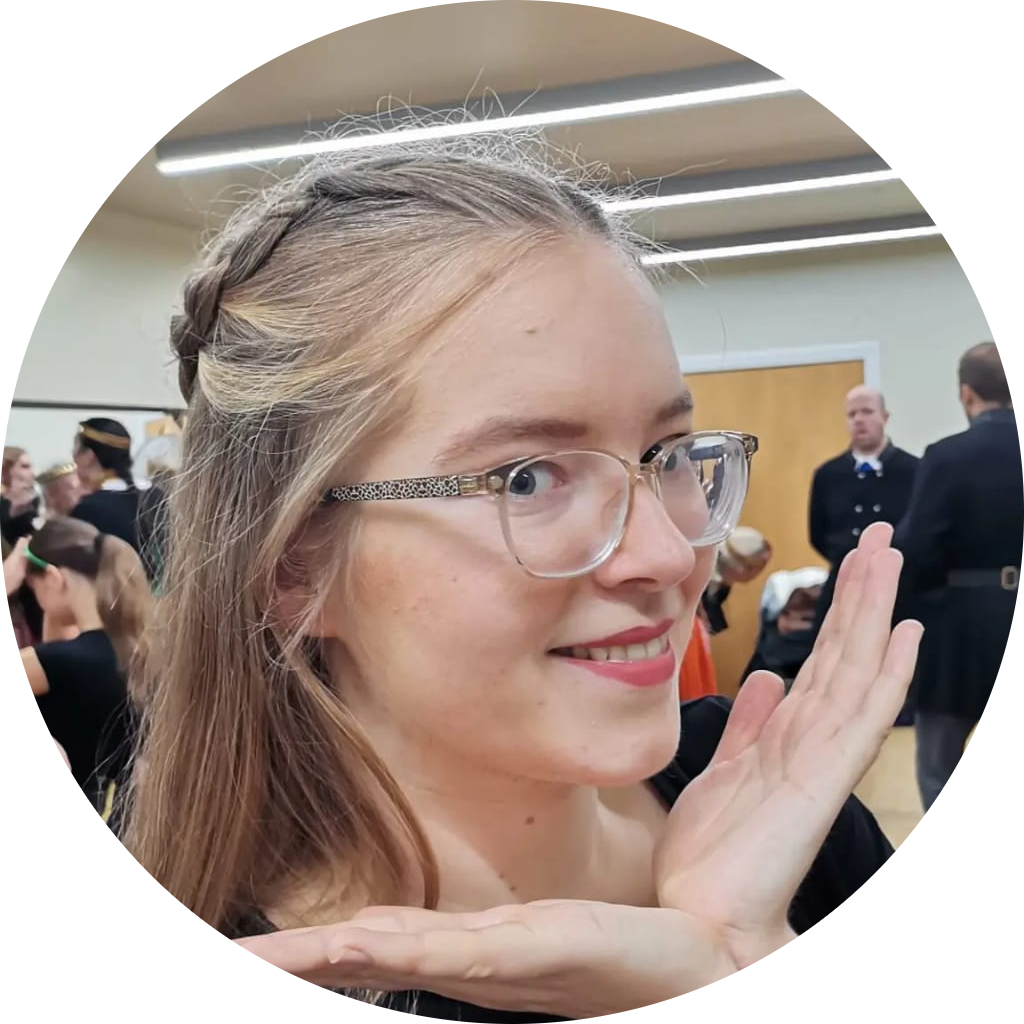The 2024/25 Committee

President
Alexander Crich
(he/him)

Secretary
Ned Binns
(they/them)

Treasurer
Anwen Baker
(she/they/he)

Treasurer
Rhiannon Bevan
(she/her)

Vice President
Alice Groudko
(she/her)

Social Secretary
Alex Elliot
(he/him)

Publicity Officer
Tiffany Chow
(she/her)

Steward
Sophia Bell
(she/her)

Costume Manager
Henrietta Evetts
(she/her)

Dem Convenor
Jindra Gensior
(she/her)

Country Rep
Hannah Fairless
(she/her)

Highland Rep
Rhoslyn Howroyd
(any pronouns)

Step Rep
Emily Thomas
(she/her)

Archivist & Alumni
Marie-Louise Wöhrle
(she/her)

Ordinary Member
Elliot B
(they/them)

Ordinary Member
Graham Freifeld
(he/him)

Ordinary Member
Marguerite Lau
(she/her)

Ordinary Member
Ben Talbot
(he/him)

Fresher’s Rep
Gabriel Gow (he/him)
History
Beginning
In May 1947 the Senatus Academicus of Edinburgh University granted recognition to the ‘New Scotland Society’. The society was formed “to examine and arouse interest in the present day political and cultural renaissance in Scotland”.
The commonly accepted reason for the original name of the “New Scotland Society” is that there was a similar society, the “Scotland Society” formed in the 1920s, which by the 1940s had folded. Since this was a whole new venture, this was acknowledged in the name. The other theory is that it was called the “New Scotland Society” because, as the aims show, it was a society concerned with the “New Scotland” they saw emerging at the time.
The society’s interests ranged across the arts and politics of Scotland. Among its activities was Scottish Country Dancing and gradually this became dominant as interest in the other activities declined. By 1951 it had become clear that most of the members were only interested in dancing. The society was therefore reconstituted with the name being changed to the “Edinburgh University New Scotland Country Dance Society” to reflect this. The society has remained in this form ever since, although our dancing repertoire has now expanded to include ceilidh dancing, Highland dancing and Scottish step dancing as well as country dancing.
Today
The Society has always been extremely popular: membership passed the 100 mark within the first two years; and for a long time, so many people attended the Thursday social dancing that they had to take turns to dance in the McEwan Hall during the evening. There were just too many people to fit on the floor at one time! Things are quieter now, with a “mere” 150 typical annual membership.
Today, Edinburgh University New Scotland Country Dance Society is a very active society. It counted over 150 members this year and its main aim is to promote Scottish culture through dancing. Throughout the year the society organises dance classes (in Ceilidh, Highland, Scottish Step and Scottish Country dancing), ceilidhs and balls. New Scotland also has strong links with Scottish country dance societies at other universities and regularly organises trips to ‘away dances’ in locations such as St Andrews, Glasgow and Newcastle.
New Scotland can also provide dancers, musicians and callers for fund raising events, conferences, ceilidhs, dinners, festivals, weddings and other functions. For more information visit our Bookings page.
Around The World
The society has always taken part in numerous cultural events. New Scotland has a strong connection with the Inter-Varsity Folk Dance Festival , sending display teams every year since it started in 1951, and running it independently or jointly on nine occasions – in 1954, 1976, 1988, 1996, 2000 (jointly with other ‘SUSCDF’ universities) 2002 (jointly with St Andrew’s Celtic Society), and in 2007, 2014, and 2019.
Teams have also travelled to perform at festivals around the world and locally, have danced at internationally prestigious events such as the opening ceremony of the Commonwealth Games in Edinburgh in 1988 and in the Edinburgh Military Tattoo. For more information on what we can offer at performances, visit our Bookings page.
